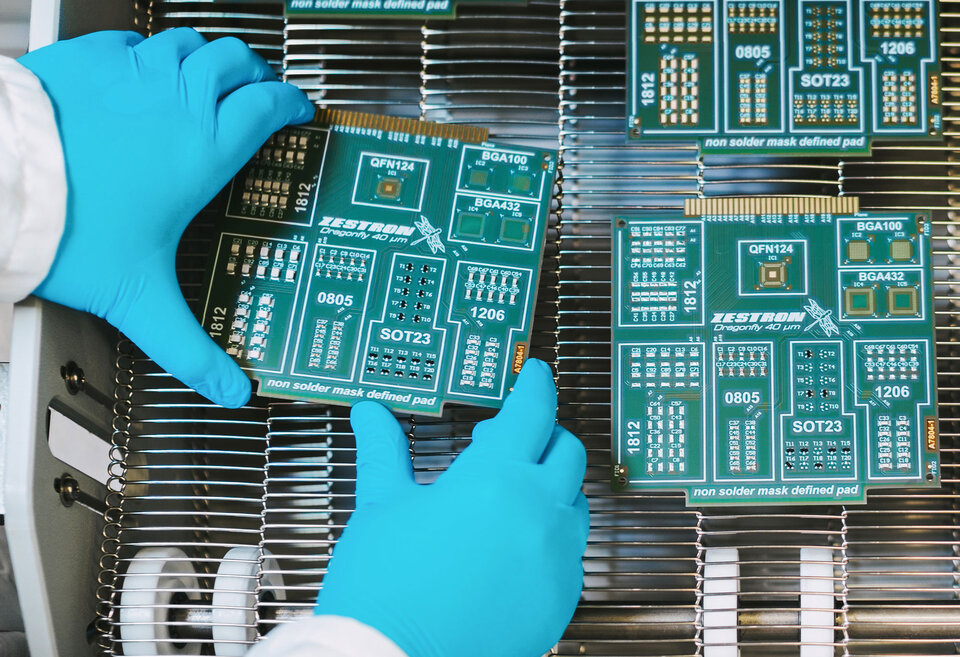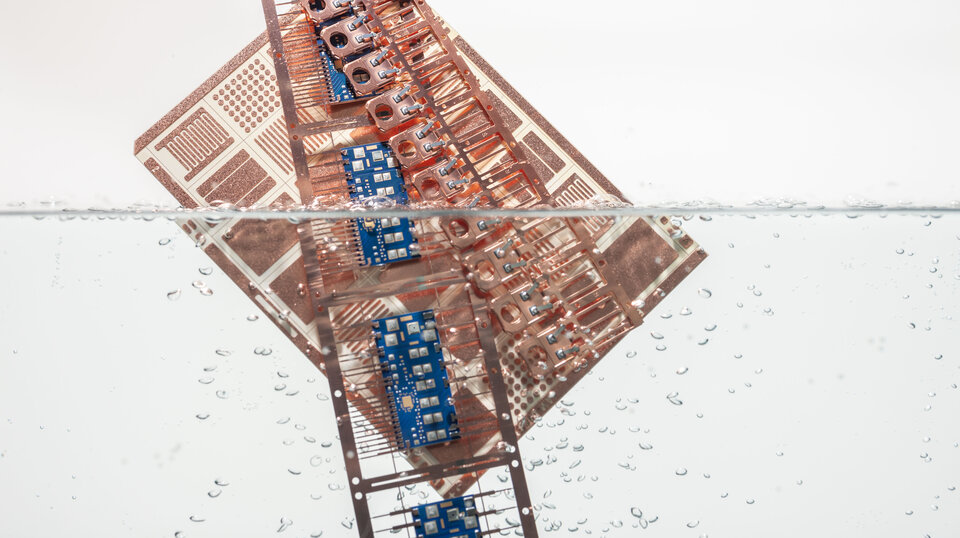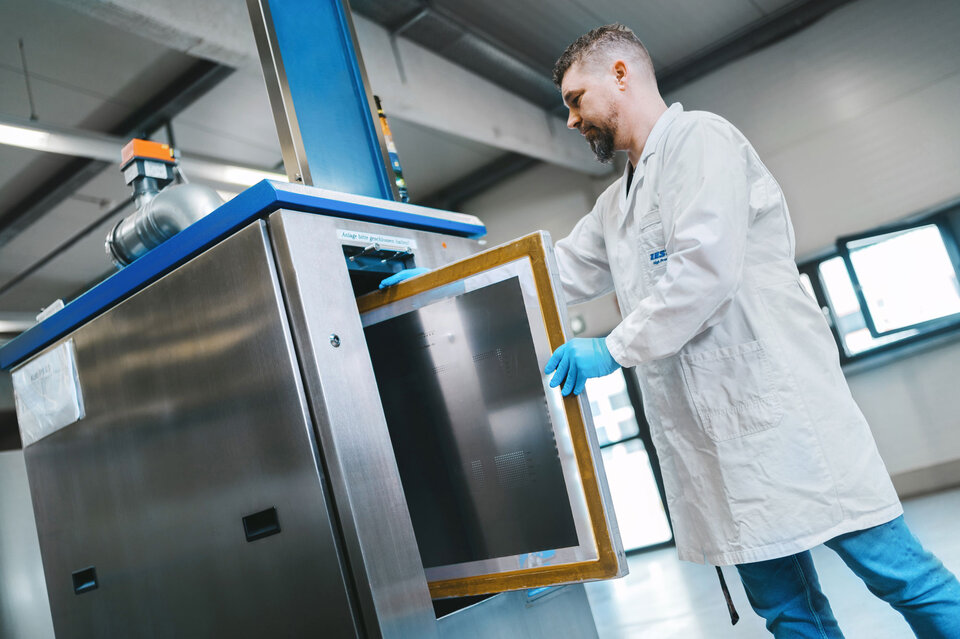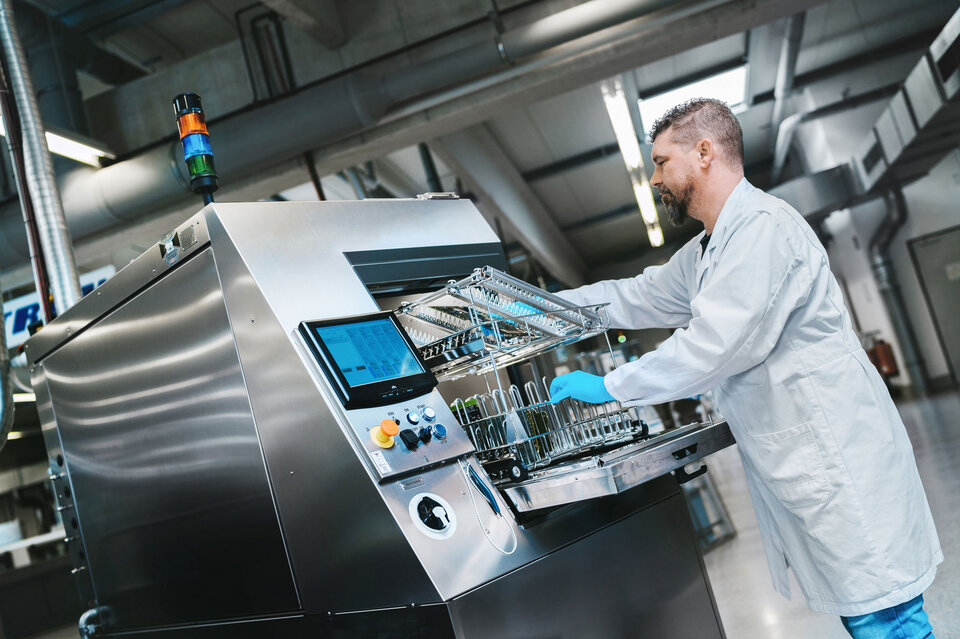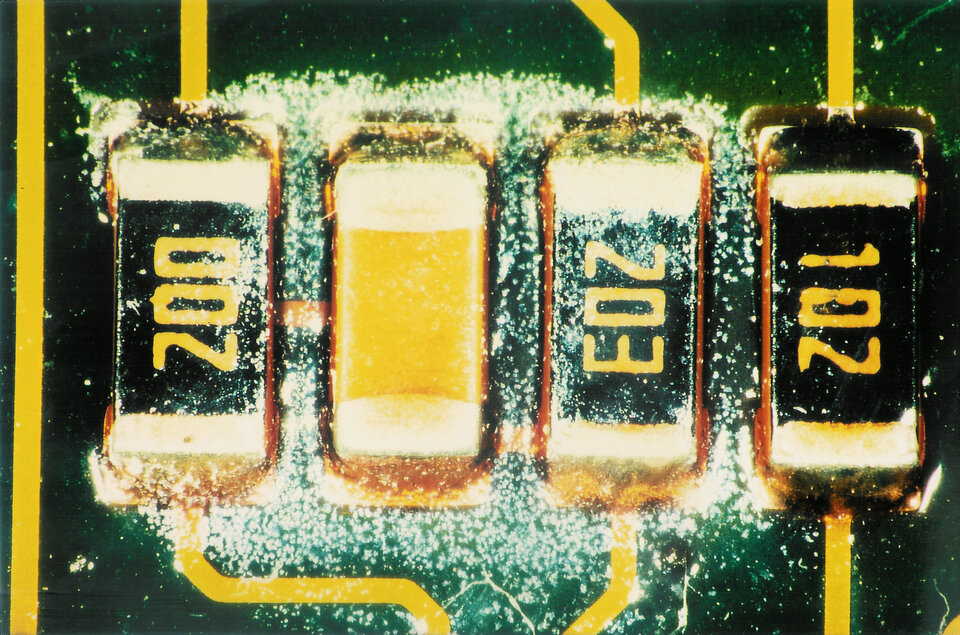Considerations for Achieving the Optimal Cleaning Process
Factors to consider when deciding an optimal cleaning process.
cleaning processWhat is the right choice when implementing a cleaning process?
Is there a one-size-fits-all solution for a cleaning process? The answer is NO.
Each cleaning process has it's own properties that needs specific chemicals, machine and monitoring analytics to achieve the best result.
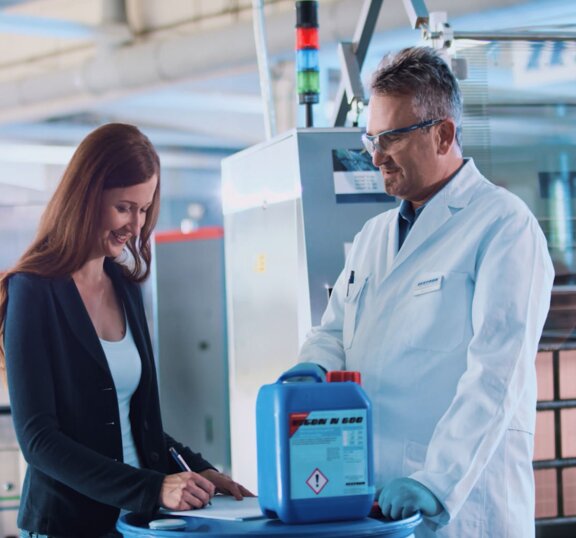
1. What are your requirements for surface cleanliness?
This basic requirement influences the decision towards the choice of cleaning agent, machine and process. Cleanliness level for different applications varies, for instance, stencils have lower cleanliness demands than assemblies while substrates require higher cleanliness standards, but the exact level of cleanliness is often unclear.
Processes like bonding or coating also determine the need to have a high degree of surface cleanliness to avoid issues like coating delamination, electrochemical migration, defective bonding, current leakage and so on.
It is recommended to engage the field expert with further understanding on relevant standards and required cleanliness level to assist.
2. Which contaminant to remove and which cleaning agent to use?
Different types of contaminants such as flux, solder paste or SMT adhesives require specific cleaning agents to achieve the best cleaning results. Failure to determine the type of contaminations will undermine the effectiveness of the selected cleaning media even if paired with most advanced and costly cleaning machines which in return, affects the overall performance effectiveness.

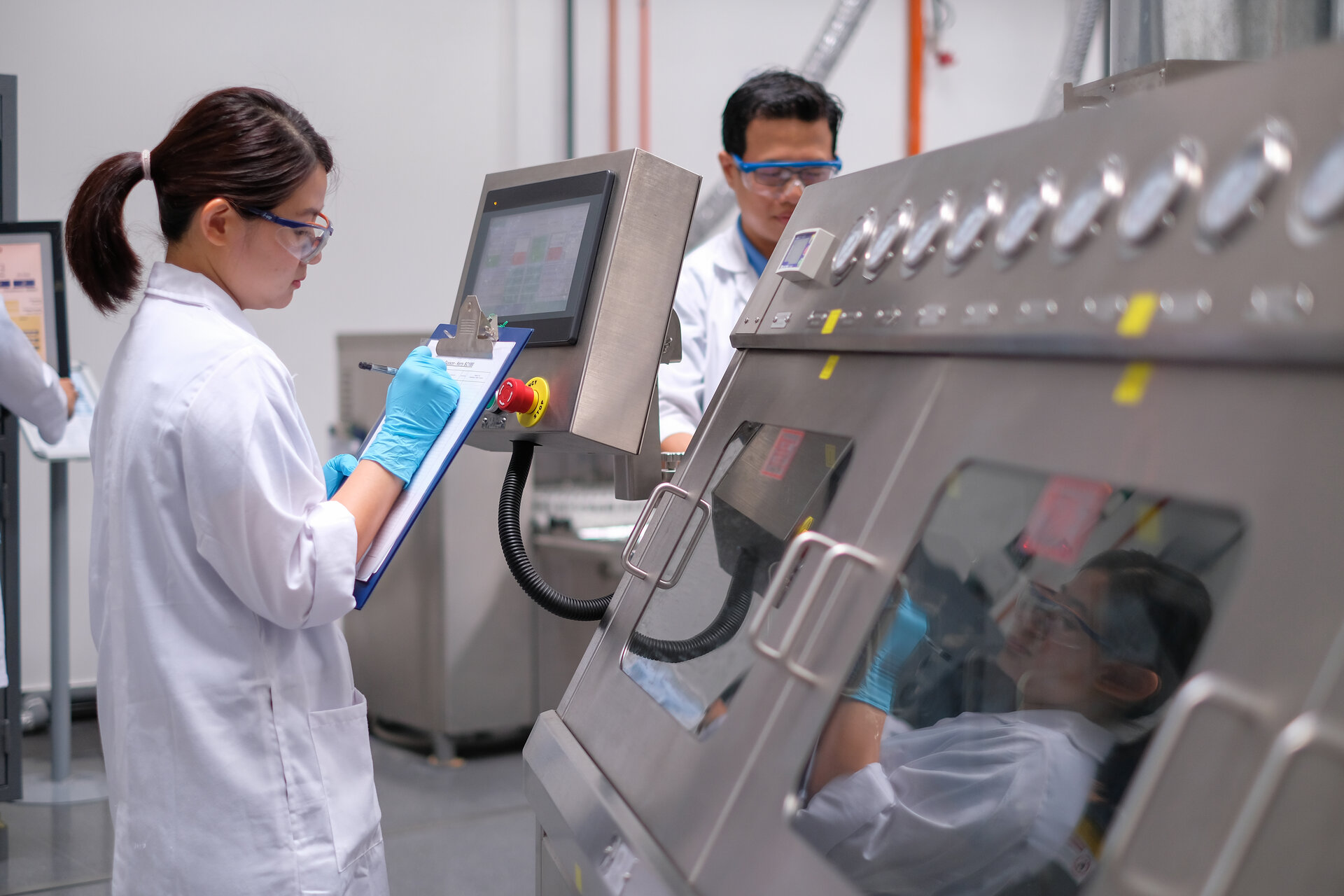
3. Which cleaning machine is suitable for your cleaning process?
There are various types of machines available for the cleaning process, and each, when paired with the right cleaning agent, produces different results.
Choosing the most suitable machine involves a thorough evaluation of factors such as required throughput, time constraints, available space, process type (manual, semi-automatic, or automatic), budget, the types of cleaning agents, and the parts that need to be cleaned.
References:
M. Stieglmeier and S.Pilz , "Selecting An Optimum Cleaning Process" in Onboard Technology, October 2008.
Cleaning processEvery cleaning system is unique by itself.
Users need to consider a few factors before settling on a cleaning process that offers the optimum result. Understanding these factors helps in the decision for selecting the right cleaning media, machines, and analytical methods to address specific cleaning needs.
Get an expert advice.
Talk To Us

